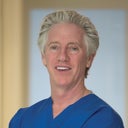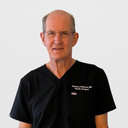The short answer is, fat grafting and stem cell treatment can be synonymous. In the near future, all of cosmetic medicine will revolve around regenerative techniques. Regenerative medicine refers to the process of repairing, restoring, regrowing and replacing tissues within the body. Within cosmetics, we utilize modalities such as platelet rich plasma, stem cell rich fat transfer and even concentrated umbilical stem cells to achieve this tissue restoration. Our goal is usually to address tissue changes that occur with aging, grow hair, and even to aid in recovery after both surgical and nonsurgical procedures.


